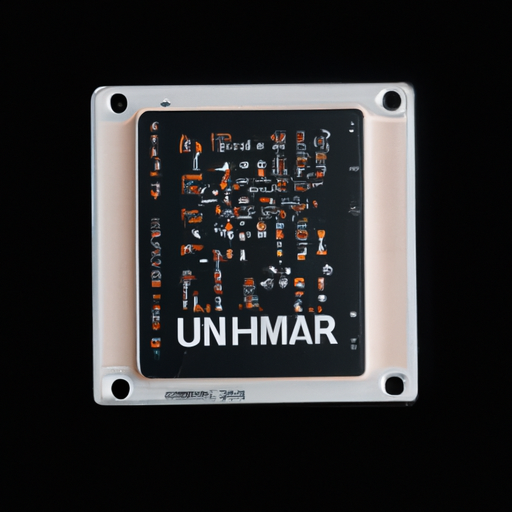Overview of UART Technology
| 1. Asynchronous Communication: UART operates without a clock signal for synchronization. Instead, it uses start and stop bits to frame the data, allowing devices to communicate at their own pace. |
| 2. Data Framing: Data is transmitted in frames that typically consist of a start bit, a defined number of data bits (usually 5 to 9), an optional parity bit for error checking, and one or more stop bits. |
| 3. Baud Rate: The communication speed is defined by the baud rate, which indicates the number of signal changes per second. Common baud rates include 9600, 115200, and others, allowing for flexibility in communication speed. |
| 4. Full-Duplex Communication: UART supports simultaneous two-way communication, enabling devices to send and receive data at the same time, which is essential for many applications. |
| 5. Error Detection: Parity bits can be employed for basic error detection, helping to ensure data integrity during transmission. More advanced error detection methods can also be implemented in conjunction with UART. |
| 1. Microcontroller Communication: |
| 2. GPS Module Integration: |
| 3. Serial Communication with PC: |
| 4. Wireless Communication: |
| 5. Debugging and Development: |
Application Development Cases
Conclusion
UART is a fundamental technology in the realm of embedded systems and communication protocols. Its simplicity, flexibility, and effectiveness make it a popular choice for a wide range of applications, from microcontroller communication to wireless data transmission. Understanding UART's core functionalities and exploring its application cases can help developers leverage its capabilities in their projects, leading to more efficient and reliable designs.






